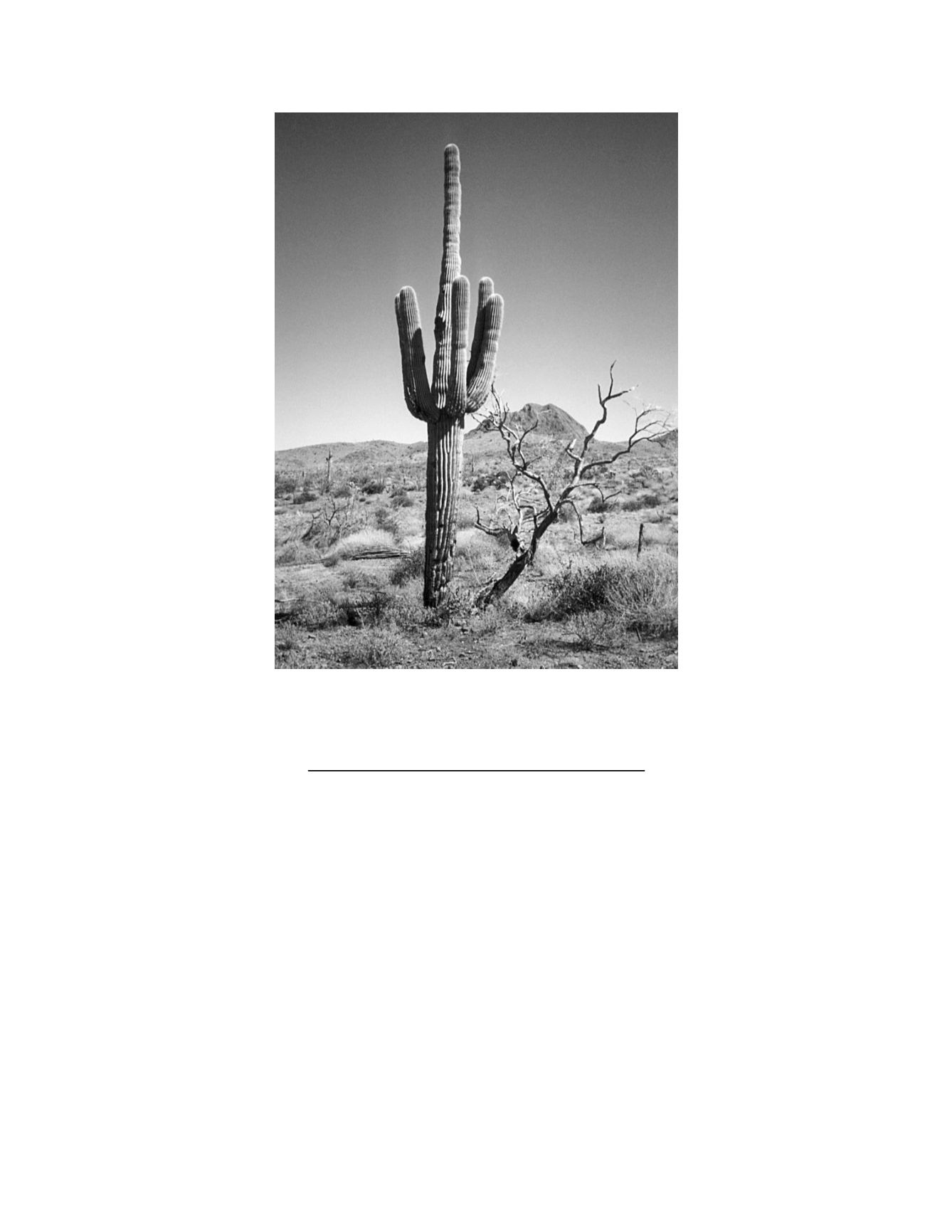
2D.
P
ATTERNSOF
P
REMATURE
M
ORTALITY
Compared withWhite non-Hispanics, the racial/ethnicminority groups in Arizona had greater percentages of people younger
than 25 years in 2013 (45.7 vs. 26.3 percent). In contrast, people aged 65 years and older accounted for 21.0 percent of
White non-Hispanics, but only 6.3 percent of all ethnic minority groups combined (percentages based on race-and-age-
specific population denominators in
Table10C-1
).
Arizona?s population distribution by age and race/ethnicity is related to patterns of mortality among these subgroups. In
2013, of all deaths among the elderly (65 years and older), 84.5 percent were White non-Hispanics, 9.8 percent were
Hispanic or Latino, with the three remaining racial/ethnic groups comprising only 5.7 percent of all deaths in this age group
(
Table 2C-26
). Looking at younger ages, Native American children comprised only 6.1 percent of Arizona?s population age
1 ? 14, but accounted for 15.1 percent of all childhood deaths. Native American adolescents represented only 5.8 percent
off all adolescents but accounted for 13.1 percent of all adolescent deaths. Finally, Native American young adults (ages 20 ?
44) represented 5.2% of all young adults but comprised 14.1 percent of all young adult deaths. In summary, Arizona?s
racial/ethnicminority groups tend to experiencemortality earlier in life than Arizona?sWhite non-Hispanics.
Beginning with the 2005 edition of the report, information about the arithmetic mean age at death was supplemented with
information about the median age, or the age in the center of the distribution when sorted by age (see
Table 2D-1
). The
median age is higher than the arithmeticmean age in negatively skewed distributions.
Arizona Health Status and Vital Statistics 2013
197


